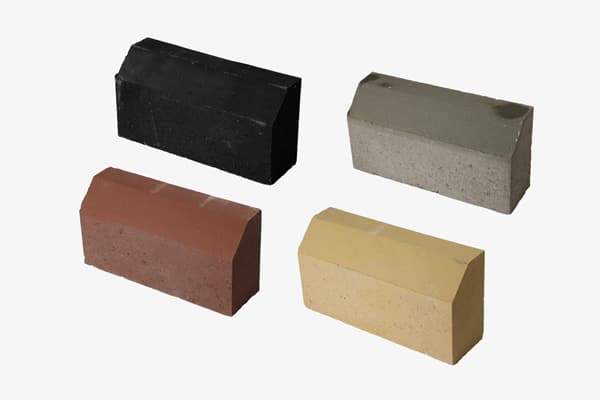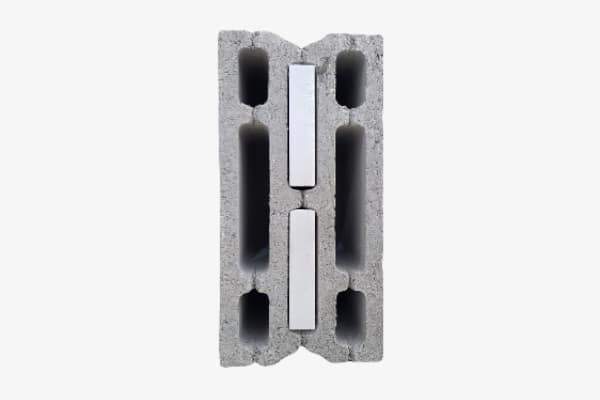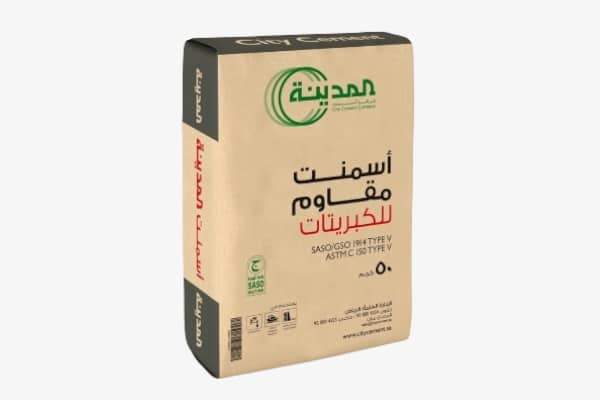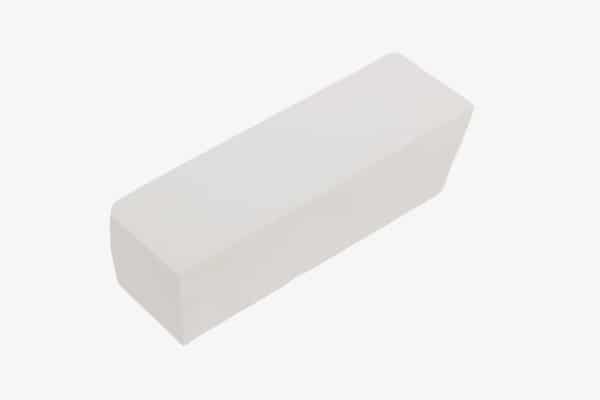Bathroom Waterproofing Membrane
Overview
Bathroom waterproofing membranes are essential materials applied to wet areas like bathrooms, toilets, and shower zones to prevent water leakage, mold growth, and structural damage. These membranes create a seamless, flexible barrier that blocks water from seeping into walls and floors.
Main Uses
- Waterproofing under bathroom tiles
- Sealing shower floors and walls
- Preventing moisture seepage into concrete or block walls
- Protecting subfloors and slabs in wet areas
- Ensuring long-term hygiene and durability in wet spaces
Types of Waterproofing for Bathrooms
| Type | Description |
|---|---|
| Liquid Membrane | A brush-on or roller-applied waterproof coating that cures to a rubber-like layer |
| Sheet Membrane (PVC/TPO) | Pre-formed sheets installed beneath tiles for added durability |
| Bituminous Coating | Bitumen-based liquid waterproofing, ideal for sub-tile layers |
| Cementitious Waterproofing | Two-component mixture ideal for concrete surfaces in bathrooms |
Typical Specifications (Liquid Membrane)
| Property | Value |
|---|---|
| Form | Liquid (ready to apply or 2-part) |
| Thickness (after cure) | 1.0–2.0 mm |
| Waterproof Rating | 100% (zero leakage) |
| Crack-bridging | Yes |
| Drying Time | 4–8 hours between coats |
| Full Cure Time | 24–48 hours |
| Application Tools | Brush, roller, or trowel |
| Tile Compatibility | Compatible with tile adhesives |
Advantages
- Flexible and seamless waterproofing barrier
- Strong adhesion to various substrates: concrete, cement board, plaster
- Easy to apply in tight or complex bathroom spaces
- Protects tiles and grout from moisture degradation
- Prevents fungal and mold formation
- Cost-effective and reliable waterproofing system
Application Areas
- Bathrooms and toilets
- Shower areas and wet rooms
- Wash basins and kitchen wet zones
- Bathtubs and surrounding walls
- Public and commercial restroom facilities
Installation Tips
- Clean and dry the surface thoroughly before application
- Use primer if required for better adhesion
- Apply at least two coats, allowing drying time between each
- Extend membrane 10–15 cm up the wall to cover splash areas
- Protect the membrane before tiling by allowing full curing
- Ensure corners and joints are properly sealed with fabric tape if needed







